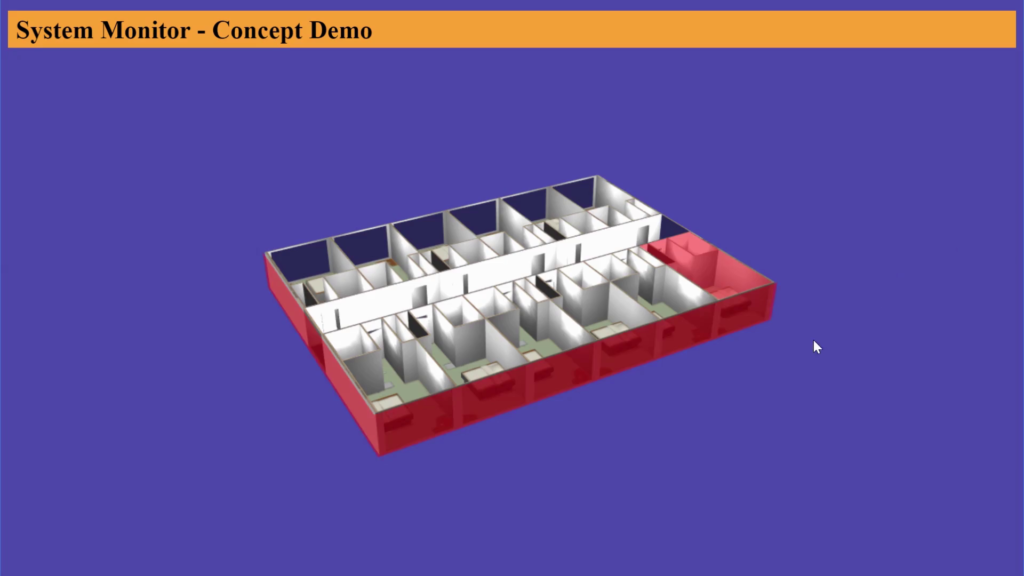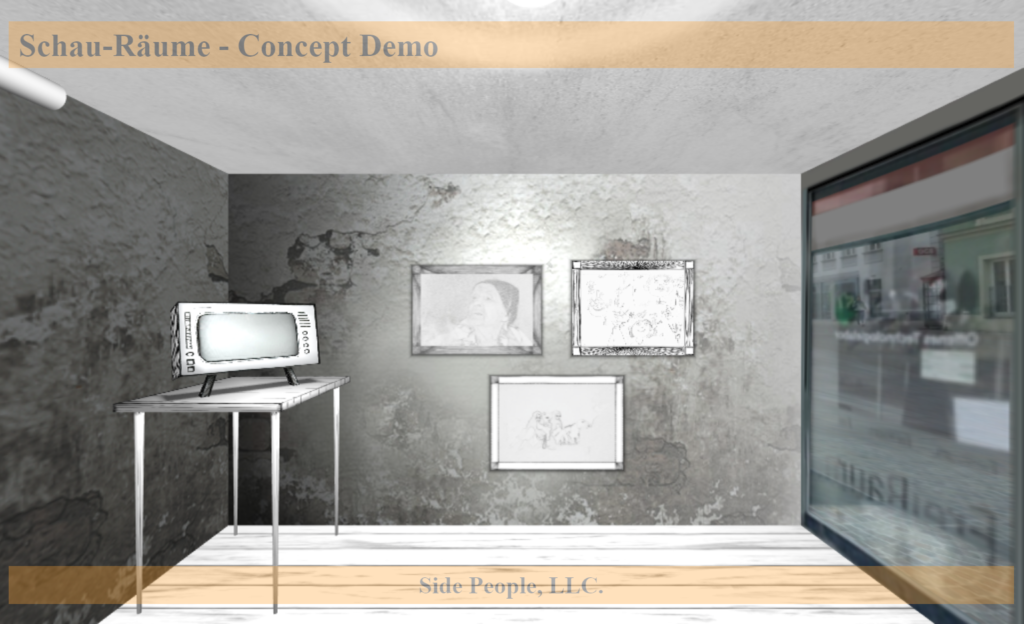National Collegiate Women’s Wrestling Championships – How to score points:
I recently produced the augmented reality graphics for this video that explains how points are scored in collegiate women’s wrestling. This all came about during a dinner out on my birthday, with my wife and with Sally Roberts, the founder of Wrestle Like A Girl. During the dinner we talked about the intersection of our two worlds – ideas like using AI during a wrestling broadcast to automatically analyze the skeletal pose of both athletes and to generate and graphically show metrics like forces applied and impact felt. Of course, for this NCWWC event, I had very little time, and the graphics overlay barely scratch the surface of what is possible.
For more information about Sally’s amazing organization, click  .
.
For more information about the 2025 NCWWC event, click Flowrestling.org.


